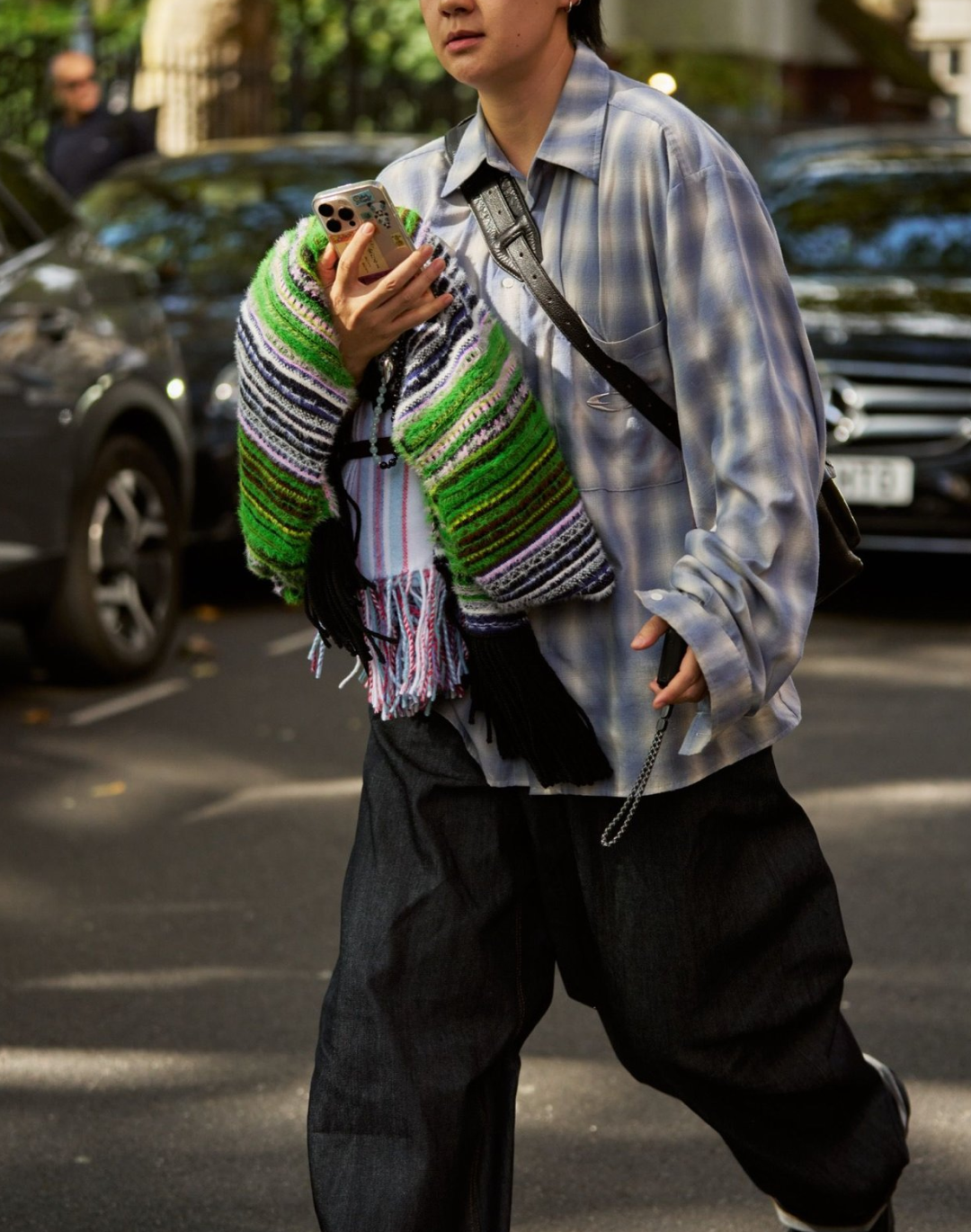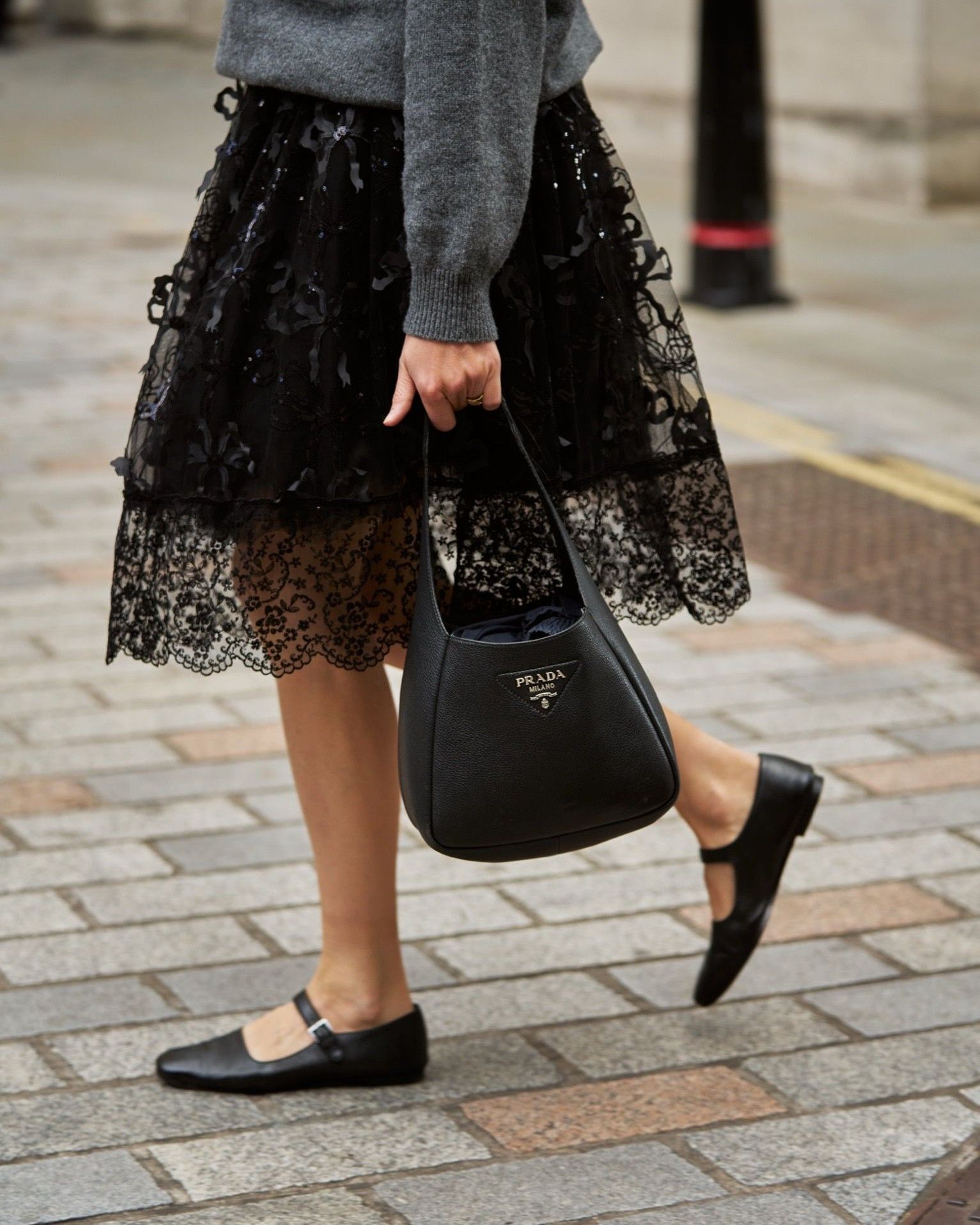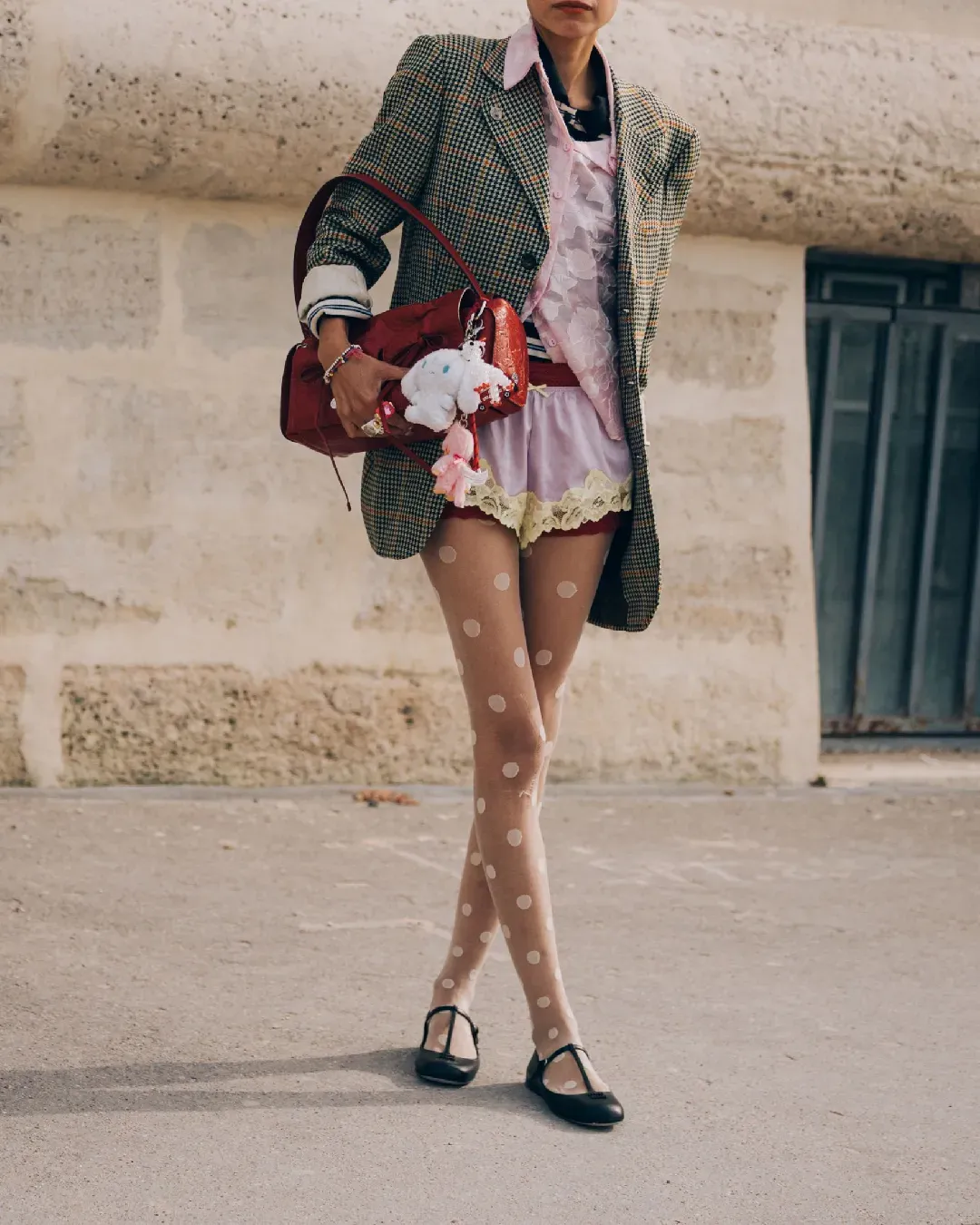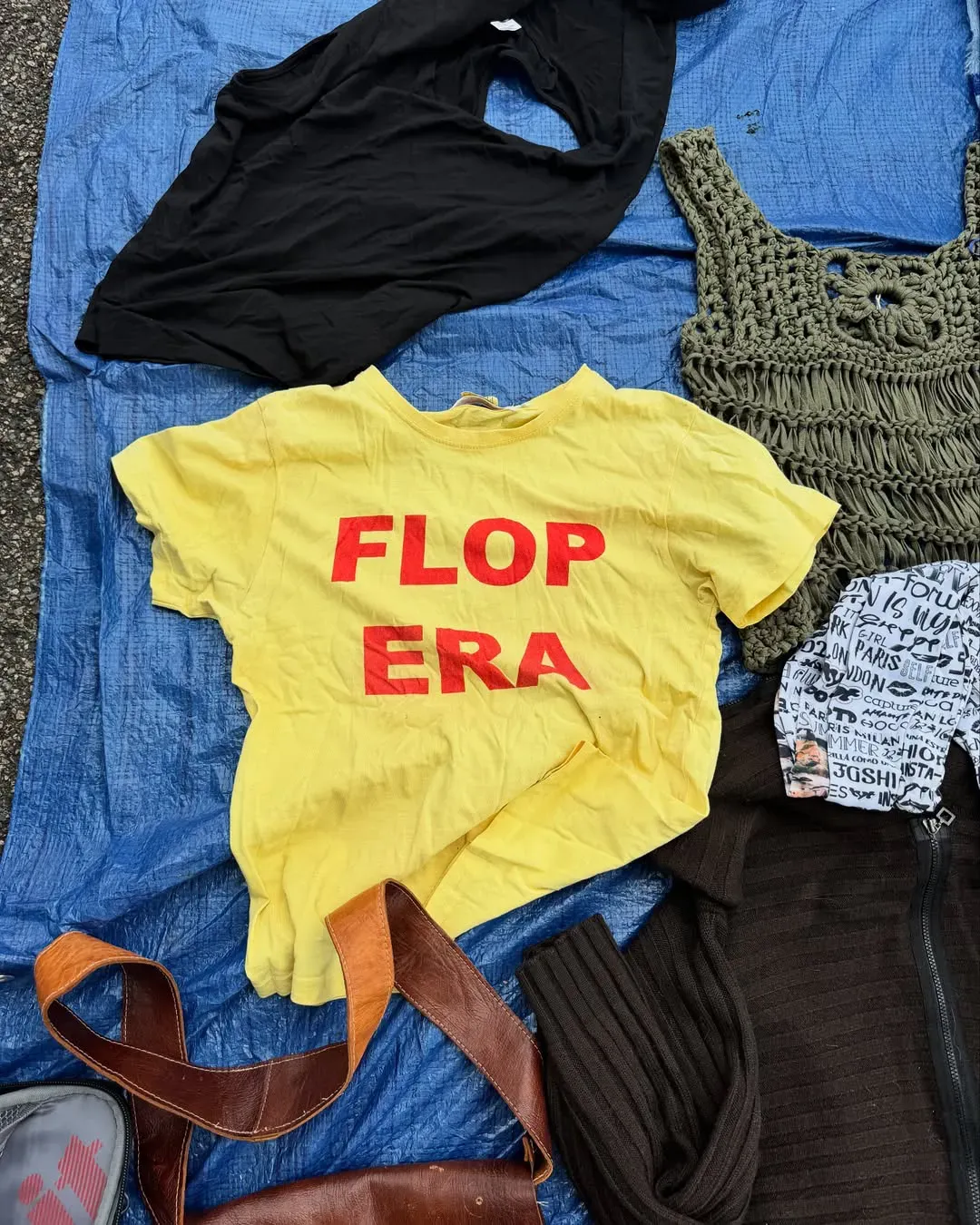
The truth about vintage buying in the US An interview between buyers
In a world where everything seems to have already been said or done, where anyone can pretentiously and effortlessly appropriate different cultures, there is still a branch of fashion with an intangible imagination, where news echoes intermittently, where the unsaid far exceeds what is known to us: we are talking about vintage and the buying processes that govern it. If in canonical fashion stores and retailers' buying process is linear, in vintage it is less schematic, dictated by variables of uncertainty, between large stocks, lots bought in the dark, potential waste, condition of goods and fluctuating margins. It is an information asymmetry that has generated myths and legends over the years, describing the process of buying as a real extreme sport, an unpronounceable magic formula, a barrier to entry to an ineffable business. In the case of American heritage and US-directed selection, one has to add to this equation imports, international shipping, customs, and other complexities. Since most individual beliefs about the industry are wrong, it is necessary to consult an expert to shed light between myth and reality. We had a chat with Gianluca aka Granpasso89 (yes, any reference to Aragorn, rambler of the North, sole heir to the throne of Gondor in The Lord Of The Rings is by no means coincidental).
Gianluca has been buying for Raggedy Threads since 2002, a historic vintage store with locations in Los Angeles and Brooklyn founded by his partner, Jamie. Together with Gianluca, we tried to demystify the beliefs about vintage and American buying without missing a brief general overview of the second hand world, how it has evolved in recent years and what the state of its future prospects are at the moment. «The primary difference is that in Italy you have a vintage dealer (let's call him that) who ranges across the sector without actually being a full-time buyer and who for the most part works in vintage as a hobby or side hustle. It really changes the way the job is understood, as the vintage buyer is a qualified and recognised job. On a cultural level, a world is passing us by: mothers often come into the shop with their children, they explain that a certain garment is linked to a certain job or historical period, the children look admiringly at rips, scratches and stains. It is as if the world of vintage here is connected to them in some way. I remember the first vintage garment I brought home. My father told me " it has holes in it, return it ". Culturally Italy has grown up with the idea that the clothes make the man, so if you show up with something washed out, broken or repaired you can't go to the bank, you don't look good, while here I go and talk to my lawyer in Birkenstocks, with a broken T-shirt and shorts. »
In addition to the cultural aspect, it is interesting how in America the sourcing of vintage clothing is seen as the most accessible and mundane activity in the world precisely because of the imagery that defines it, a sort of Dantesque counter-parallax. If in Europe the process of buying vintage garments is so complicated, in the United States, the country of origin of so many garments that have now become trendsetting, it must necessarily be extremely basic, a belief that is obviously fallacious and unfounded. Specifically, American flea markets are still thought to be those of twenty years ago, when in fact they are now more easily associated with vintage boutiques. It is thought that the rack houses, large second-hand collection warehouses where it is possible to do research, are full of archival pieces that are accessible to all, regardless of the fact that the merchandise can be punctually raked up before opening by the big players in the US vintage market. It is even thought that abandoned houses and farms where one can find old denim or clothing from the era of the great wars are easily accessible.
« The warehouses » says Gianluca, « are now literally strip clubs where the more you spend the more you get, but you have to spend thousands and thousands of dollars. In Italy there are no estate sales, direct sales in the houses of people who are moving or to whom a relative has died. You line up, go inside the house and buy whatever you want - there are apps that tell you where they are, you set the range and go. Sometimes you get people in the shop calling you and saying " listen my grandfather died, he served in Korea, he worked at Ford, can I bring you his stuff? ". But there are many other ways to buy vintage in the US. There are also those who dig up abandoned houses without permission, but that to me is a bit like stealing. Other people do it with conscience, contacting the owner of that abandoned house and asking permission to access it.»
The world of vintage has changed dramatically in recent decades. The Rose Bowl in Pasadena, one of the industry's most illustrious events, is a thermometer of these transformations: « all flea markets are now boutiques with high prices, a change that is the order of the day. In the late 1990s at the Rose Bowl there were stands full of sweatshirts, but no one bought them because they cost $50, a price at the time considered crazy. These are the same sweatshirts that are now bought for $500, sometimes even $5000. There wasn't the hype that there is now around the vintage world, there was the culture, there was the DNA, there was the passion lived in a different way. I remember the first time I went to an American flea market. I don't think I slept at night from excitement but it was really a disappointment, I didn't visit any market for months. »
Raggedy Threads is an institution in the field, flanked over the years by big showrooms like Two Fold, Unsoundrags, Akimbo Club and the like in a culturally rich, changing, inflated and above all complex landscape, yet Gianluca emphasises the importance of keeping his feet on the ground: «we have always tried to have a 'fair' price point. Once I've made mine, once I've earned what I think is fair, I'm good, I'm not interested in reselling something at ten times its price.» To young people he advises the same - «honesty comes first and foremost» - but he also adds: «Secondly, keep looking for something new, because clearly the world of vintage is so varied that it leads you to discover new things every time, and the greatest satisfaction is still to bring to the shop even items that are far from the hype and make the customer appreciate them. I tell you in all sincerity that it is tough, especially here in Los Angeles, there is a lot of competition, but I still hope that more and more realities will open up and that there will be healthy competition. I hope that new dealers and potential new buyers will have more awareness of what they are buying. Right now everything is clouded by hype, and this scares me because it confuses people; I myself have been a victim of this phenomenon. The good thing is that, apart from the bubbles we all share, there is still a strong subjective taste, I can be interested in some items you for example in others. The beauty is the passion.»















































